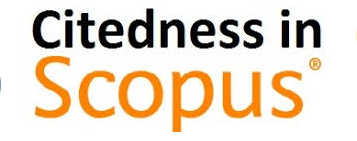Employment Arrangement for Person with Disabilities in Indonesia in Post-New Order Era
DOI:
https://doi.org/10.18196/iclr.1207Keywords:
Labour Law, Persons With Disabilities, IndonesiaAbstract
The right to employment of persons with disabilities got better attentions in Indonesia, especially after the fall of the New Order era. This paper discusses the employment arrangement for persons with disabilities in Indonesia in Post-New Order era. It is found that some reforms have been made to accealerate the fulfillment of the right to employment of persons with disabilities. It began with the enactment of Law Number 21 of 2002 on Labour Union and Law Number 13 of 2003 on Employment. In addition, the Government had ratified the Convention on the Rights of Persons with Disabilities through Law Number 19 of 2011. Furthermore, Law Number 8 of 2016 on Person with Disabilities was issued. This law has properly regulated the rights of persons with disabilities, including their employment rights. Nevertheless, this law still requires several comprehensive operational regulations. Law Number 13 of 2003 can be synchronized with Law Number 8 of 2016 since it functions as a guideline for employers and workers in carrying out working relationship.Downloads
Published
Issue
Section
License
By publishing with Indonesian Comparative Law Review, authors agree to the following terms:
1. Authors retain the copyright to their work and grant Indonesian Comparative Law Review the right of first publication, while also licensing the work under a Creative Commons Attribution License (CC BY 4.0). This license permits others to share the work, provided they acknowledge the author and the initial publication in this journal.
2. Authors may enter into separate agreements for non-exclusive distribution of the published version of their work, such as posting it to an institutional repository or including it in a book, with acknowledgement of its initial publication in this journal.
3. Authors are encouraged to share their work online, for example on institutional repositories or personal websites, both before and during the submission process. This practice can lead to productive exchanges and increased citation of published work.



